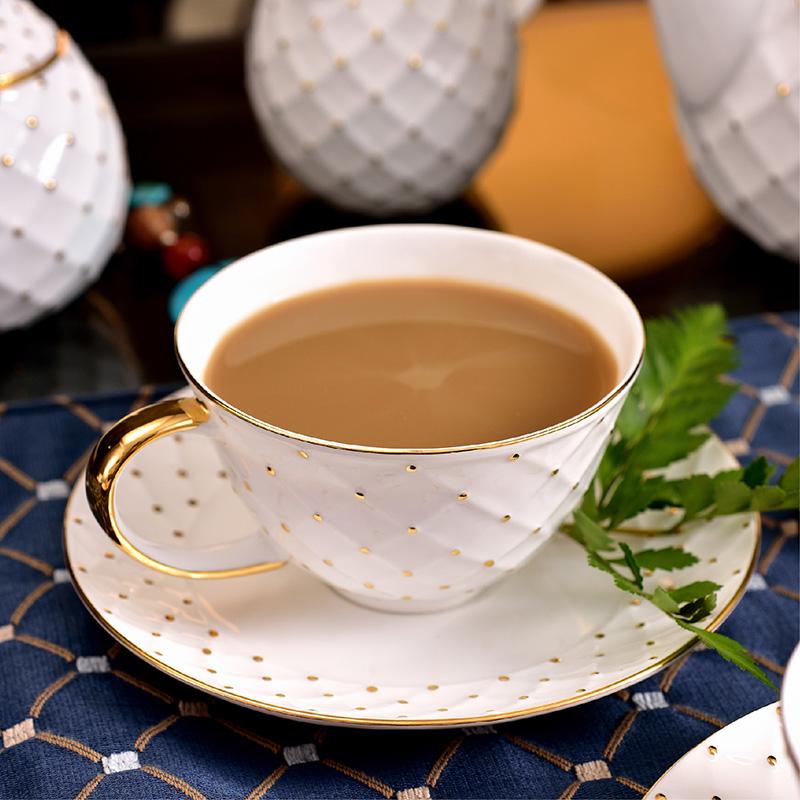Introduction
In the realm of hot beverages, tea has always held a special place, captivating hearts with its myriad of flavors and aromas. Choco tea, a delightful fusion of tea and chocolate, has recently emerged as a trendy and indulgent choice for those seeking a unique and comforting beverage experience. In this article, we’ll embark on a journey through the world of choco tea, exploring its origins, flavors, benefits, and how to make this delectable concoction.
I. The Origins of Choco Tea
Choco tea is a delightful marriage of two beloved ingredients: tea leaves and chocolate. It combines the rich, earthy notes of tea with the creamy, sweet indulgence of chocolate. The exact origin of choco tea is a bit elusive, but it has gained popularity in recent years as people seek novel ways to enjoy their favorite beverages.
II. Flavor Profiles of Choco Tea
Choco tea comes in various flavors and combinations, offering something for every palate:
1. Chocolate Chai: A blend of traditional Indian spices like cardamom, cinnamon, and cloves, combined with chocolate, creating a warm and comforting flavor.
2. Mint Chocolate: The refreshing notes of mint complement the sweet richness of chocolate, creating a cool and invigorating brew.
3. Chocolate Earl Grey: The citrusy notes of bergamot in Earl Grey tea pair beautifully with chocolate, offering a fragrant and sophisticated flavor.
4. Hazelnut Chocolate: The nutty essence of hazelnuts adds depth and creaminess to chocolate-infused tea.
III. Health Benefits of Choco Tea
Choco tea isn’t just about indulgence; it also offers some potential health benefits:
1. Antioxidants: Both tea and chocolate are rich in antioxidants, which can help combat free radicals and promote overall health.
2. Mood Enhancement: Chocolate is known for its mood-boosting properties, and sipping on choco tea can offer a sense of comfort and relaxation.
3. Digestive Aid: Certain teas, like peppermint or ginger, can aid digestion when combined with chocolate, making choco tea a soothing choice after a meal.
IV. How to Make Choco Tea
Making choco tea is a straightforward process:
Ingredients:
- Tea of your choice (black, green, chai, or herbal)
- Chocolate chips or cocoa powder
- Milk (or dairy-free milk)
- Sweetener (optional, to taste)
Steps:
- Boil water and pour it over your tea leaves or tea bag in a teapot or cup.
- Let the tea steep for the recommended time, depending on the type of tea you’re using.
- Add chocolate chips or cocoa powder to the brewed tea and stir until they melt and combine.
- Pour in warm milk (or dairy-free milk) and sweetener if desired, stirring well.
- Allow the flavors to meld for a few minutes, then enjoy your homemade choco tea.
V. Conclusion
Choco tea is a delightful and versatile beverage that marries the best of tea and chocolate. With its diverse flavor profiles and potential health benefits, it’s no wonder that choco tea has captured the hearts of many seeking comfort and indulgence in a single cup. Whether you enjoy it as a soothing evening treat or a pick-me-up during the day, choco tea is a beverage worth savoring, one delightful sip at a time.







